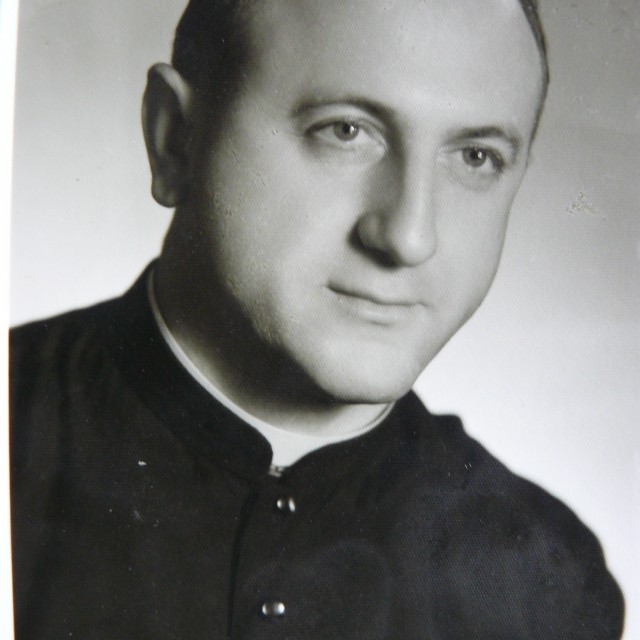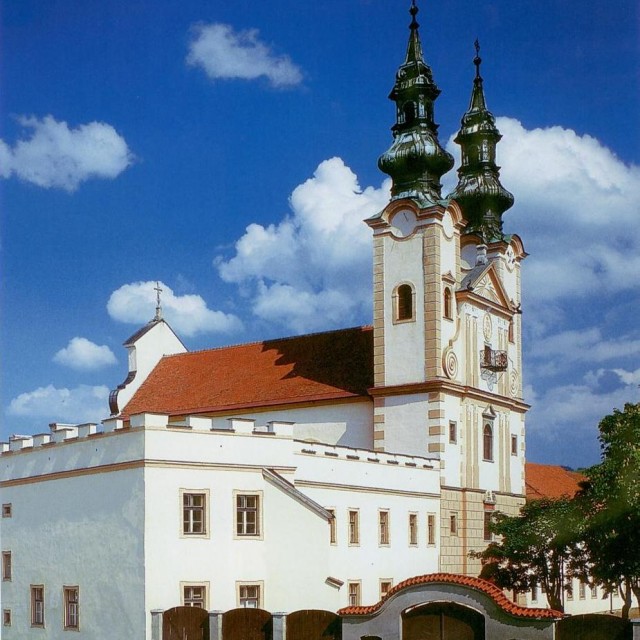At the Concentration Monastery in Podolínec
During the night of April 13 – 14, 1950, Vojtech Zeman, a student in Šaštín, personally witnessed the communist Action K (“K” = “kláštory”- Monasteries), within which the regime commanded to take over all of the monasteries (later also convents) and arrest all the people who devoted their lives to God. Vojtech was along with other priests and theology students taken from the Salesian house in Šaštín in a bus with sign saying “Tourist excursion” into the monastery in Podolínec. “When we came in, we stood in two rows and their boss started to scream at us as if he was obsessed by devil, and he used such words as being used in jail. We actually didn’t even understand him quite well. We weren’t allowed to look through the windows, or to get closer to the wall.” Efforts of communists to reeducate these men were in vain. “We didn’t have too much work there; we cleaned and did the housework, and whenever it was possible, we continued to study.” Few weeks later, some of them were moved to Kostolná and later to the Youth Dam (Priehrada mládeže), although neither here these religious men forgot about their spiritual growth: “We stood in three rows and went to celebrate the holy mass,” to Púchov. After being released Vojtech took advantage of opportunity to run away from the communist Czechoslovakia and to reach his dream of becoming a priest behind the borders of his homeland.
Hodnocení
Hodnotilo 0 lidí
Routes
Not a part of any route.
Comments
No comments yet.


